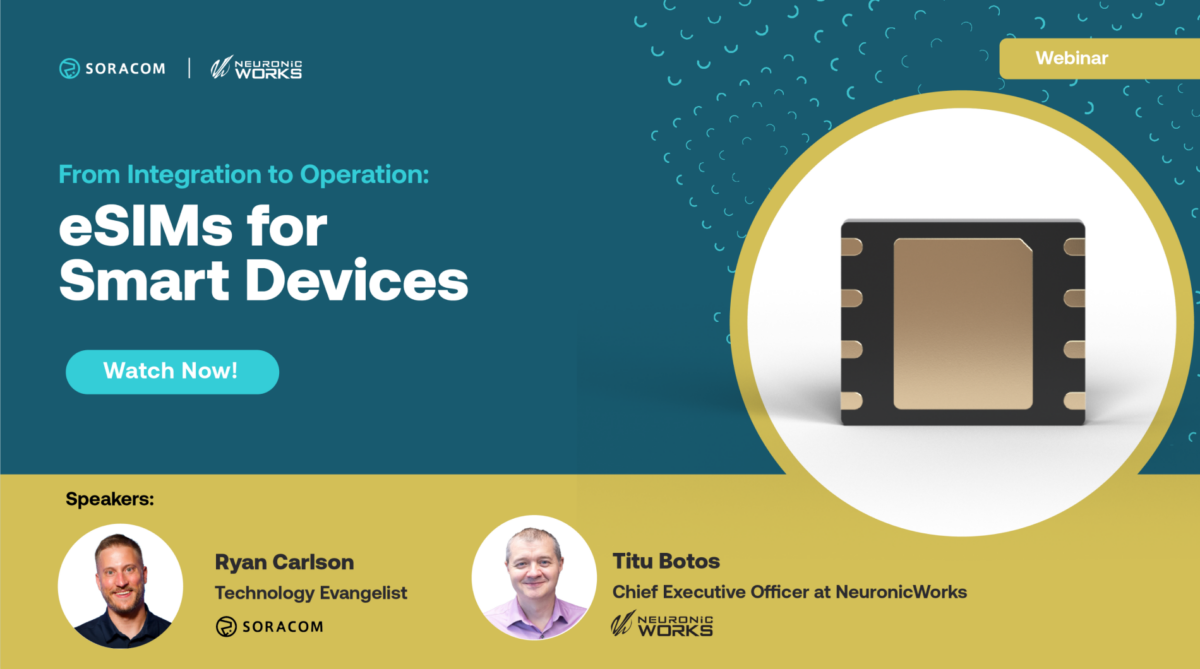Why Are There IoT Devices in Every Semi-Truck in Canada?

With an estimated value of $10 Billion USD, the Canadian trucking industry is integral to the growth and prosperity of the country. Yet, for the professionals who man the vehicles themselves, commercial trucking is a deceptively dangerous profession. Between the rigors of the road and the long hours required for cross-country treks, professional drivers face plenty of challenges from day to day.
In an effort to help safeguard these professionals, their cargo, and the roads, the Canadian government has recently enacted new safety regulations that require all semi-trucks traveling between the provinces to employ electronic logging devices (ELDs) to remotely monitor their drivers and their vehicles.
The regulation, which covers commercial trucks and buses, is designed to prevent fatigue in commercial drivers, making it popular with industry advocates and policymakers alike. The law is another example of how IoT devices can be used to improve the safety of the modern workplace – whether that be a job site or on the road.

Why is There a Law?
Current industry regulation requires all commercial vehicles to maintain and upload a driver’s hours of service, i.e. how long they are spending behind the wheel. Under the new legislation introduced earlier this year, drivers will be required to replace existing paper logs with ELDs, which take more efficient readings and makes data more difficult to misrepresent.
Federal regulation requires that drivers operate their vehicles for no more than 13 hours in a day. Drivers must also log at least 10 hours of inactivity (8 of which must be consecutive). Canadian Trucking Alliance president Stephen Laskowski believes the law could help reign in the estimated 15-25 percent of the trucking industry that regularly push their drivers past the legal limits.
“It’s going to force [non-compliant trucking companies] to get into the game and be compliant and be safe or face the consequences,” Laskowski told CBC News. “It’s going to make Canadian roads safer and it’s going to make it a better industry to work in.”
The law comes several years after the US introduced similar legislation, meaning a healthy portion of international fleets has already begun to introduce ELDs. Unlike the US, however, the Canadian law requires any new devices to pass through a rigorous third-party certification process, to ensure the devices are not susceptible to tampering or data hacking.
What is an ELD?
An ELD is an IoT device that is used to monitor and record various statistics from a vehicle’s travels. These devices were initially designed to track hours of service, record the driver’s identification information, and the location of the device itself.
These devices work by connecting to a truck’s onboard diagnostics (OBD) port to pull data directly from the engine. This allows the device to track simpler performance metrics like engine run time, fuel usage, and duration of travel. Furthermore, modern ELDs typically have innate GPS trackers that allow for precise locations to be monitored by fleet trackers or the Department of Transport.
In recent years, ELDs have evolved to track even more data by incorporating components such as gyroscopes and accelerometers. This allows these devices to take pinpoint readings on even the most minute motions, including sharp turns and braking.

Where Does IoT Connectivity Come In?
Part of the mandate requires the data drawn from the ELD to be accessible to governing bodies in various formats, including both remote web access and physical hard drives. To this end, many device manufacturers have begun investing in LTE and Cellular IoT solutions to transmit this essential data.
Cellular connectivity provides IoT devices with secure and reliable coverage for data transfers and benefits greatly from the prominence of supporting infrastructure throughout Canada. This makes it a natural solution for use cases such as trucking and shipping, where data needs to be uploaded frequently and from mobile or remote sources.
Cellular IoT devices can also be managed remotely via IoT platforms that allow you to do everything from managing connections and troubleshooting performance issues to monitoring device downtime.
An Evolving Issue for ELD Adoption
There are currently 12 approved ELD devices, and trucking fleets have until June 2022 to place an approved device in each of their vehicles. Though there are challenges to introducing these technologies across such a vast expanse, Mr. Laskowski believes the legislation is a step forward for the commercial trucking industry.
“These devices will have to be certified for anti-tampering, meaning… every truck on the road will be within the Hours of Service,” Laskowski said. “And that is a big step for public safety and it’s a big step for the compliant industry that play by the rules, which is good for public safety and good for business.”
…………………..
Do you have questions about an IoT project? Speak with one of our experts today to learn how Soracom has helped more than 20,000 innovators deploy, scale and secure their IoT projects.





